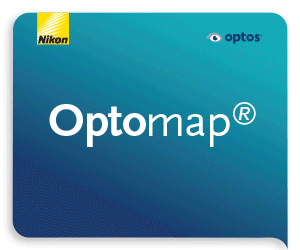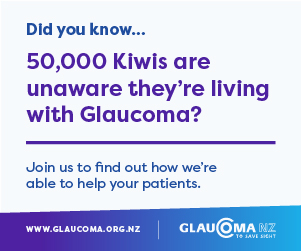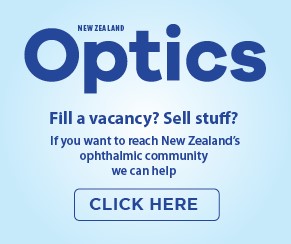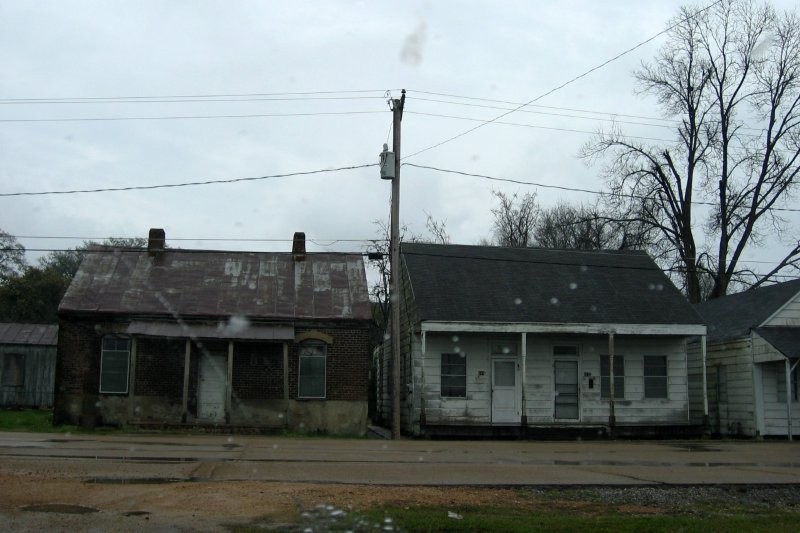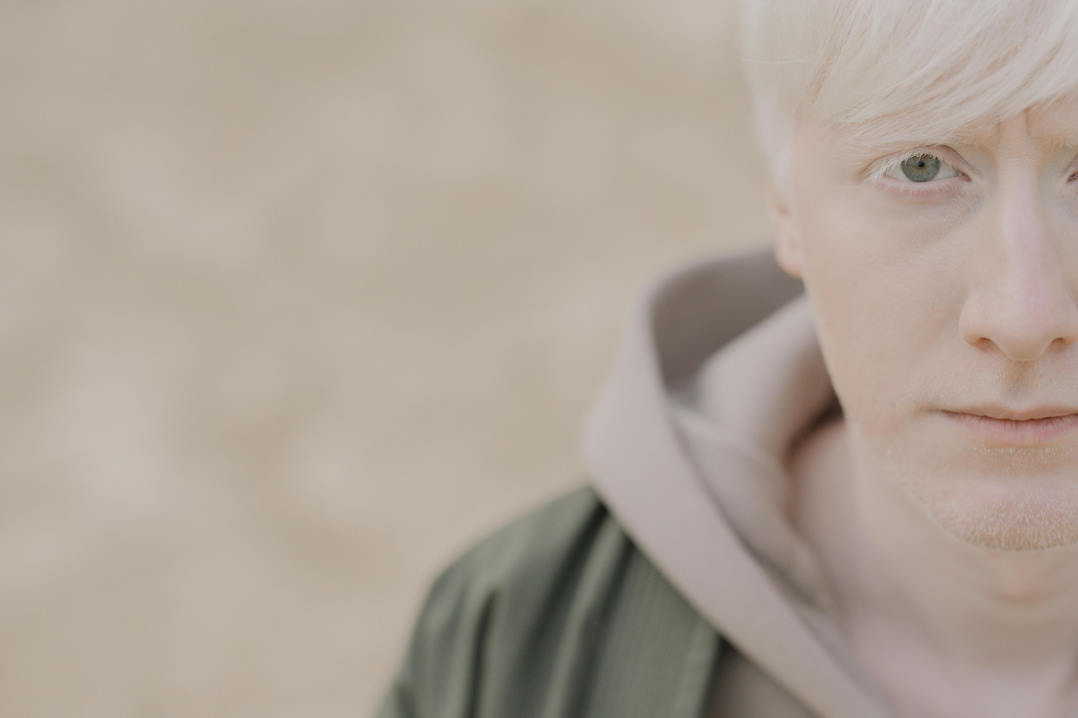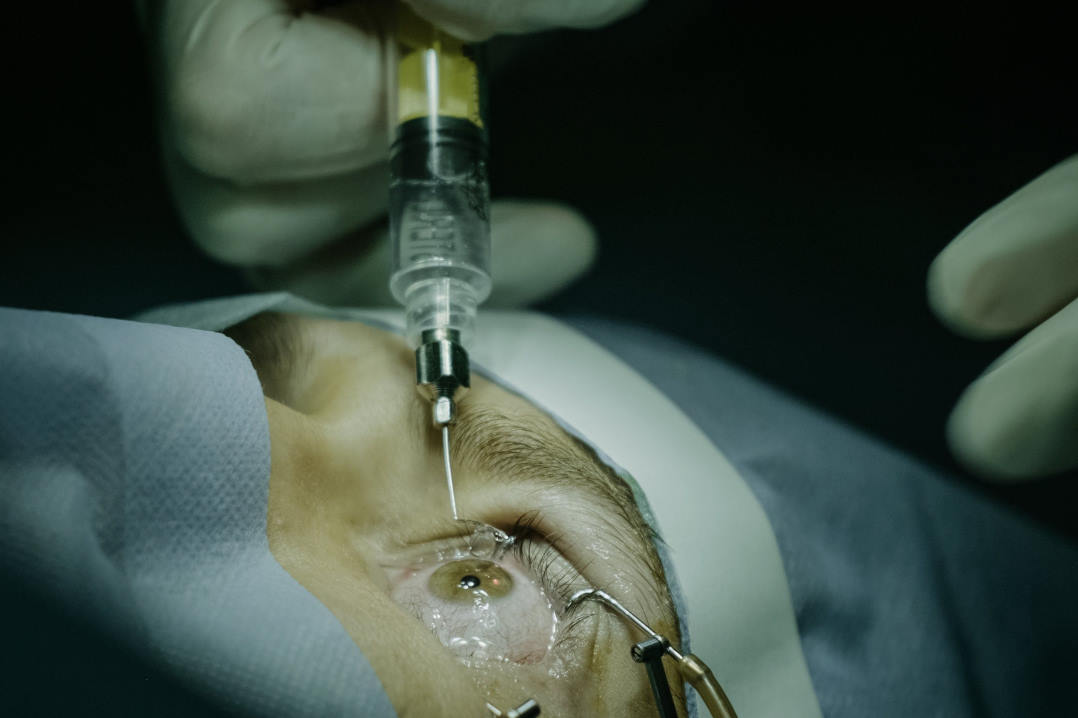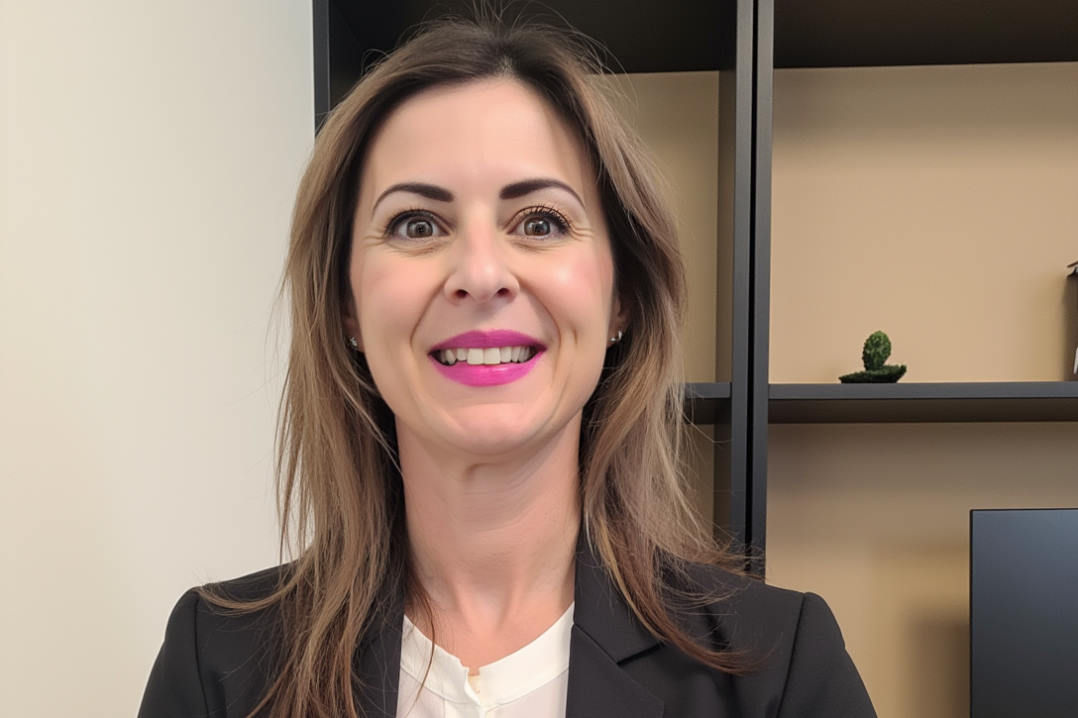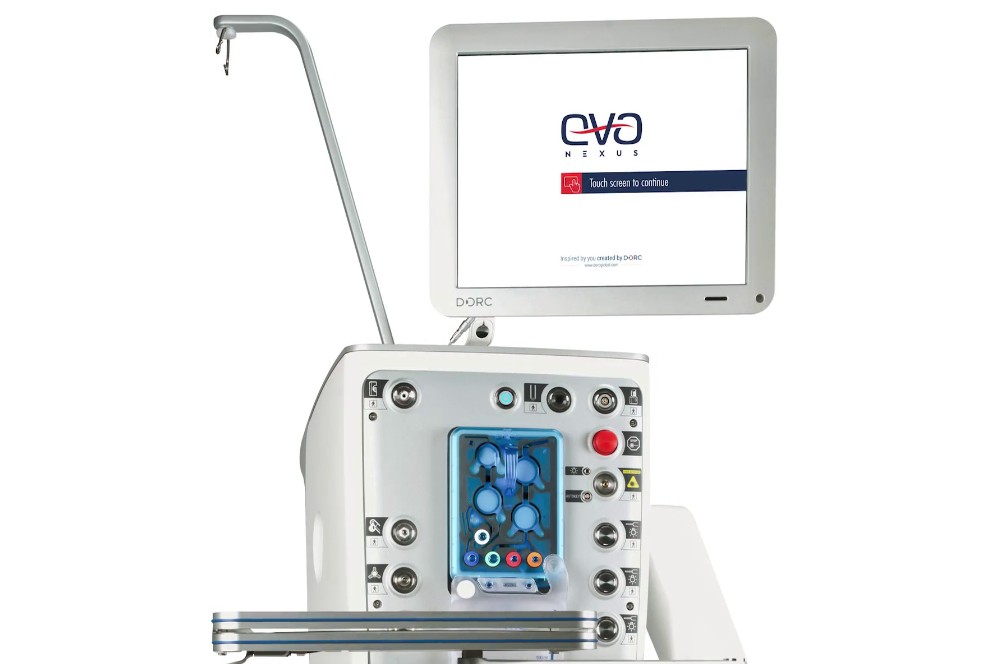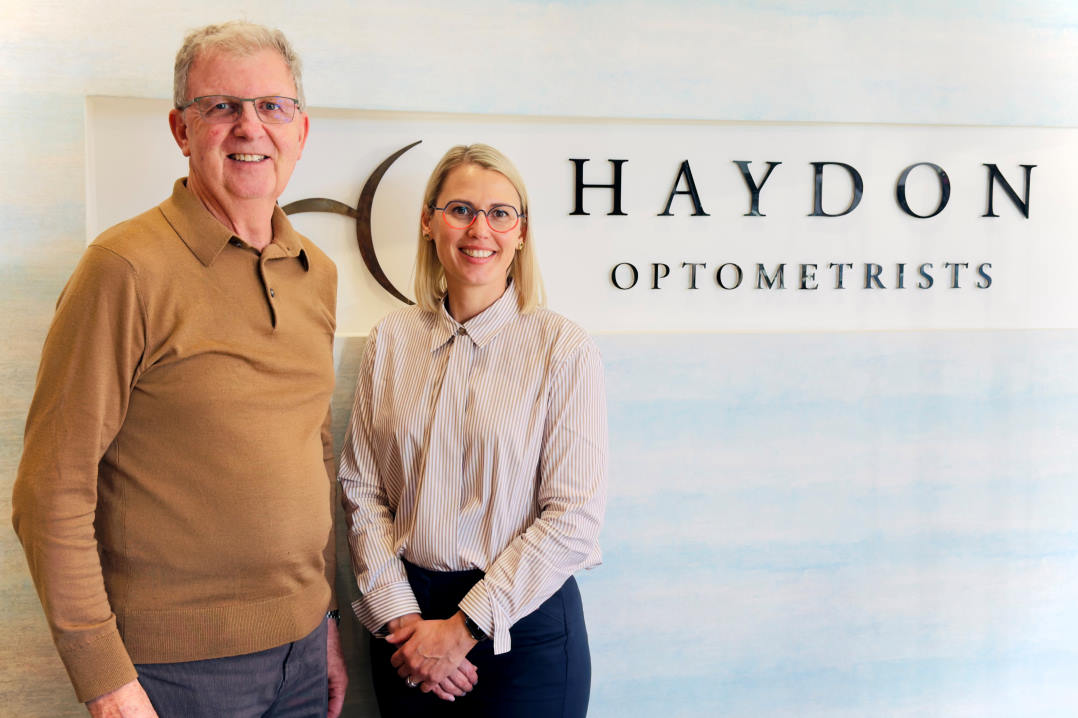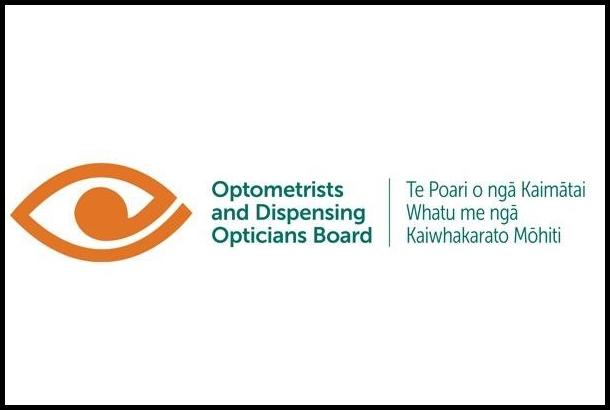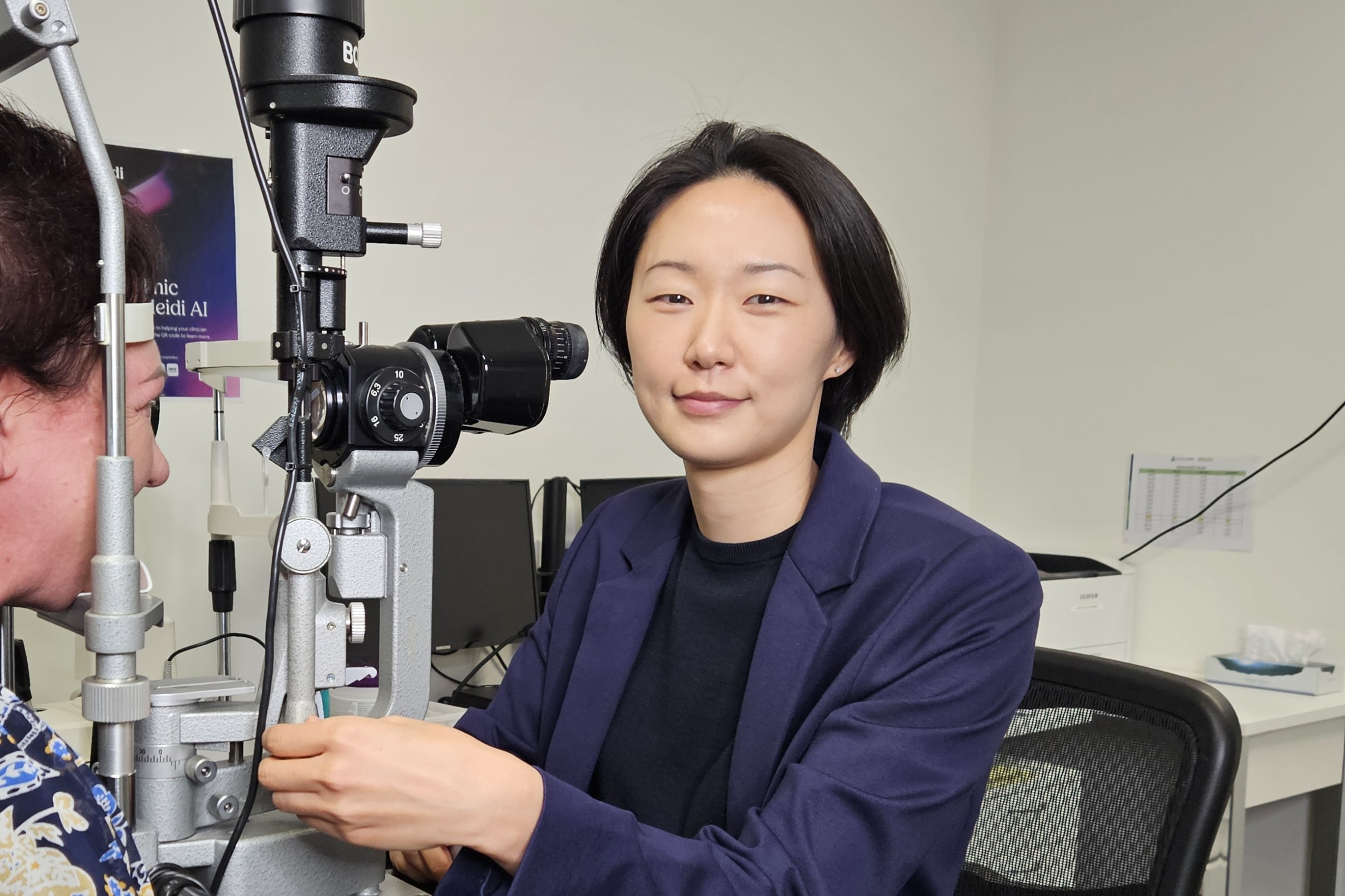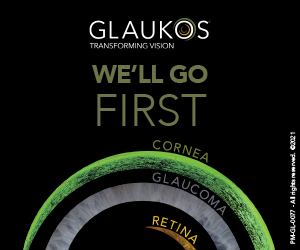Wealth affects glaucoma care
US researchers found patients with primary open-angle glaucoma (POAG) in lower-income groups were substantially less likely to achieve target intraocular pressure (IOP) reductions and more likely to discontinue follow-up care.
In the retrospective cohort study, published in JAMA Ophthalmology, researchers from Northwestern University Feinberg School of Medicine, Chicago, analysed 1,466 patients aged 70±12 years with newly diagnosed POAG from the Sight Outcomes Research Collaborative (Source) Consortium between 2010 and 2022. The affluence of participants’ communities, their location (urban or rural) and household composition were assessed against quality-of-care indicators, including achieving at least a 15% IOP reduction 12–18 months after diagnosis and rates of loss to follow-up (LTFU).
Among 1,030 patients with follow-up data, 76% met the IOP-reduction target in one or both eyes. However, those in the lowest wealth quartile had five- to nine-fold lower odds of reaching this benchmark compared with more affluent groups. The wealthiest quartile had 61% lower odds of LTFU (OR 0.39, 95% CI 0.18–0.84), while patients in rural areas were over five times more likely to be lost to follow-up (OR 5.54, 95% CI 1.13–27.08). Notably, patients with children in the household achieved an average 4mmHg greater IOP reduction than those without (p=0.01).
Authors said the findings highlight the need for clinicians to consider patients’ financial and geographic barriers when planning glaucoma management and follow-up to meet national quality-of-care standards.




